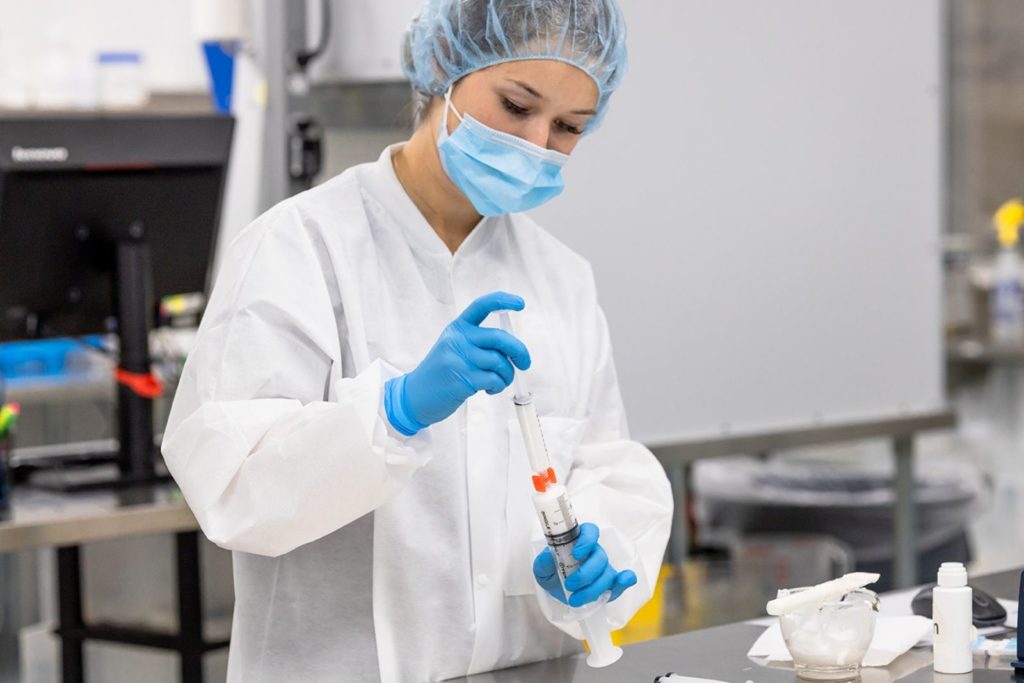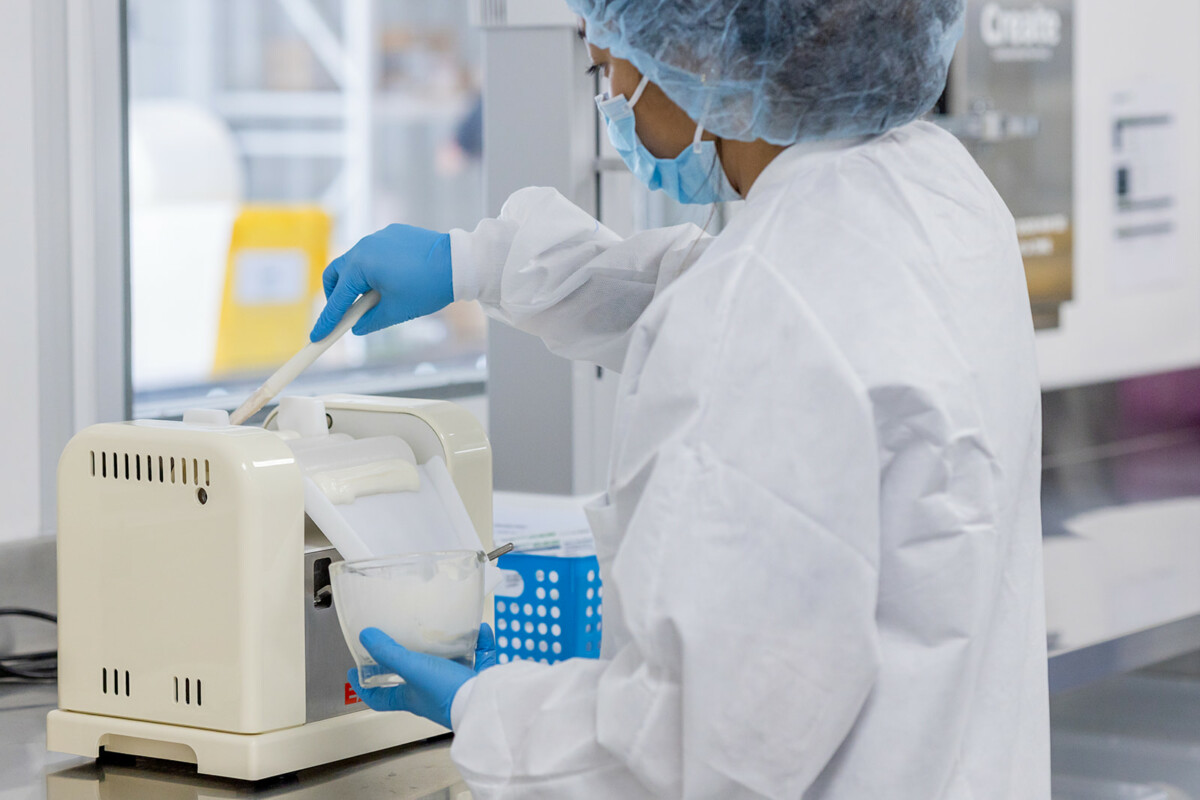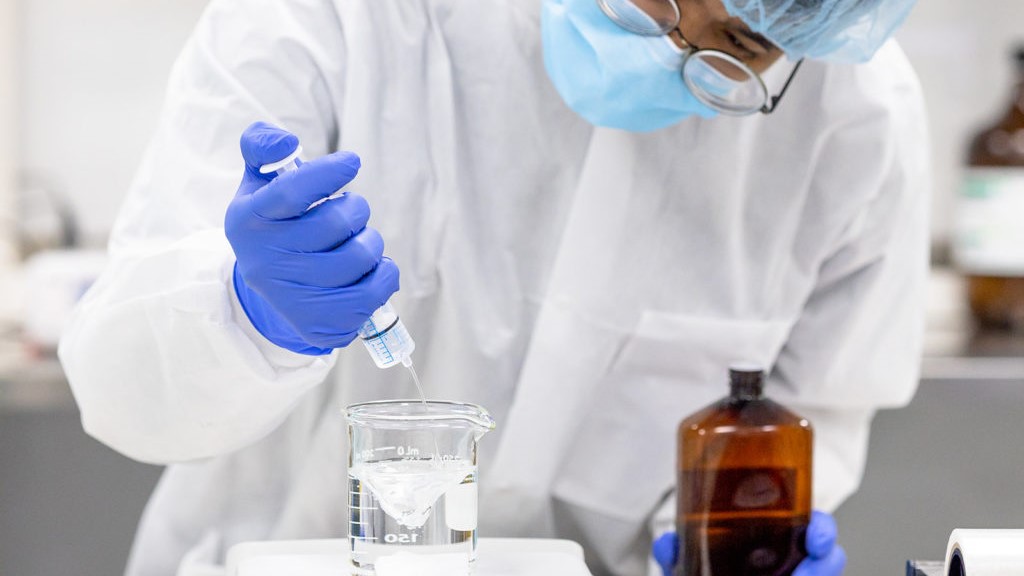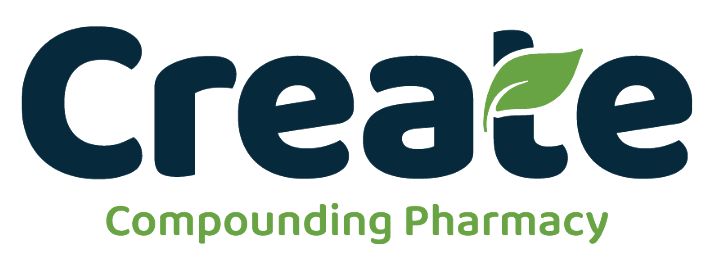The implementation of new compounding guidelines has fostered a new type of specialty pharmacy, the compounding central-fill pharmacy. While compounding pharmacies have been around for decades, they have historically specialized in dispensing their preparations directly to patients. Most of these pharmacies, if not all, also offer traditional pharmacy dispensing services. On the other hand, central-fill compounding pharmacies market their services to retail pharmacies who have chosen not to compound. The emergence of this new business model is, in part, a response to the implementation of new compounding guidelines. Following an extensive consultation process, the National Association of Pharmacy Regulatory Authorities (NAPRA) approved national standards for pharmacy compounding, which were then adopted by the Ontario College of Pharmacists.

As of January 1st, 2022, all compounding, both sterile and non-sterile, hazardous and non-hazardous, must comply with the new practice standards.
The guidelines’ main objective is to protect patients by improving how compounding is performed all the while better protecting pharmacy professionals from the products they handle. The implementation of the NAPRA standards, while important to protect patients, has the potential to create continuity of care issues for patients for pharmacies that no longer have the resources necessary to compound in accordance with the new standards. A recent communication from OCP has advised pharmacy professionals they have an ethical obligation to make reasonable efforts to support patients faced with continuity of care issues. This article will summarize the recent changes to pharmacy compounding and help to inform pharmacy owners and managers on key factors and policies to consider when providing compounding services or partnering with a central fill compounding pharmacy.
A recent communication from OCP has advised pharmacy professionals they have an ethical obligation to make reasonable efforts to support patients faced with continuity of care issues.
The guidelines set out what facilities and equipment will be needed based on the type of compounding being executed, whether it be sterile or non-sterile, hazardous or non-hazardous. For instance, compounding with hazardous drugs (strong acids, known carcinogens or immunosuppressants to name a few) now requires a negative-pressure lab. This means the air pressure in the surrounding areas must be greater than the air pressure in the compounding area, thereby aspirating air into the compounding lab and preventing contamination of the surrounding areas. In a similar manner, the personal protective equipment that is recommended will vary based on the chemicals you plan to handle. Staff training, facility sanitation and equipment must now all be properly documented within the pharmacy’s standard operating procedures. The guidelines even provide a framework on how to qualify and periodically re-qualify pharmacist and pharmacy technicians involved in compounding.
One of the biggest changes for compounders are the new beyond-use-dating (BUD) guidelines. Unlike manufactured drugs, whose expiry dates are supported by extensive stability programs, compounded preparations have a beyond-use-date that is determined by a pharmacist. The new beyond-use-dating guidelines set out a framework on how to determine a BUD and most consequently limit overall BUD duration in the absence of supporting stability data.

As compounded preparations are constantly adapted to fit specific patient needs, compounding pharmacists rely on published stability data or conduct their own stability studies to extend a preparation’s BUD beyond the limits fixed by the guidelines.
To implement these standards, many pharmacies may need to invest additional resources to fill compounded prescriptions, including but not limited to, performing risk assessments of each compounded preparation, training, and skills assessment of all compounding personnel, renovating the pharmacy to meet the facility requirements as outlined in the Standards, and purchasing of specialized equipment. As a result, the costs associated with providing compounding services to patients have increased. Although costs have risen, the reimbursement to pharmacies from ODB has remained at 0.50 per minute for each minute spent mixing the ingredients to prepare a compounded medication. OPA continues to advocate for fair and reasonable renumeration for all pharmacy professionals, having advocated in our 2022 budget proposal for an increase in the compounding fee to at least $0.70 per minute (please note that the compounding fee figure is routinely reviewed by OPA as part of our advocacy work).
Overview of OCP Policy on Central Fill Compounding Partnerships
A retail pharmacy (originating pharmacy in the OCP policy) who partners with a central-fill pharmacy to handle their compounding needs delegates a part of their responsibility to that provider. Each party has a set of distinct and common responsibilities and must have transparent and auditable policies and procedures in place to support patient safety.
The originating pharmacy will need standard operating procedures in place regarding documenting patient consent and how to keep track of prescriptions transmitted to the central-fill pharmacy. The dispensing pharmacist is also responsible for evaluating the clinical relevance and safety of the prescription before providing the medication to the patient, counselling the patient on the new therapy and to ensure the patient is properly monitored.
As per the OCP policy, the compounding pharmacy is responsible for providing compounding services that meet the new compounding standards. Therefore, their facilities, operating procedures and staff training must meet the standards. The compound’s label and beyond-use-date must comply with best practices. They must ensure that proper storage conditions are respected during delivery to the originating pharmacy and must be able to answer any questions you may have concerning the services they provide. They must therefore have procedures in place to handle complaints and to manage potential recalls, if necessary.
Both pharmacies also share several common obligations. Most notably, both parties must sign a common service agreement that documents the roles, responsibilities, and accountability of each party. The originating pharmacy must also notify the College that it plans on using a central-fill compounding pharmacy using the OCP notification form.

Factors to Consider if Choosing a Central Fill Compounding Pharmacy
If a decision is made to partner with a central fill compounding pharmacy, what factors should be considered? As previously highlighted, the originating pharmacy remains responsible for many aspects of the prescription. Hence, you’ll want to work with someone you trust. Therefore, it may be beneficial to ask to visit the compounding pharmacy and speak with the pharmacy manager. Some key questions and items to consider are:
- Find out how they establish their beyond-use-date and track lot numbers.
- How do they handle recalls on compounded preparations?
- How do they ensure that proper storage conditions are maintained during delivery?
- Do they provide support on the claim submission process? What type of support do they provide in the event of an audit?
- What’s their ordering procedure and turn-around time?
- What type of support do they provide as part of the partnership?
If partnering with a compounding pharmacy, it is important to look to work with one that shares your objectives as they will be an extension of the pharmaceutical services you provide.
Relevant Links
- https://www.ocpinfo.com/practice_resource/compounding/
- https://www.ocpinfo.com/regulations-standards/practice-policies-guidelines/central-fill/
- https://pharmacyconnection.ca/5-things-to-know-about-centralized-prescription-processing-central-fill/
- https://ismpcanada.ca/wp-content/uploads/ISMPCSB2017-05-Tryptophan.pdf
The content of this blog post was supported through a partnership with Create Compounding Pharmacy.

Benjamin Tanguay
Benjamin obtained his Pharm.D. at the Université de Montréal in 2016 and went on to complete his MBA at HEC Montréal in 2021. He initially started his practice as a community pharmacy and joined Galenova – Gentès & Bolduc in 2017. Since joining Galenova, he’s developed an expertise in Canadian compounding regulation and formulation development. Today, his practice mainly focuses on operational excellence and product development. He routinely speaks on various compounding topics to Canadian pharmacists and pharmacy students.



